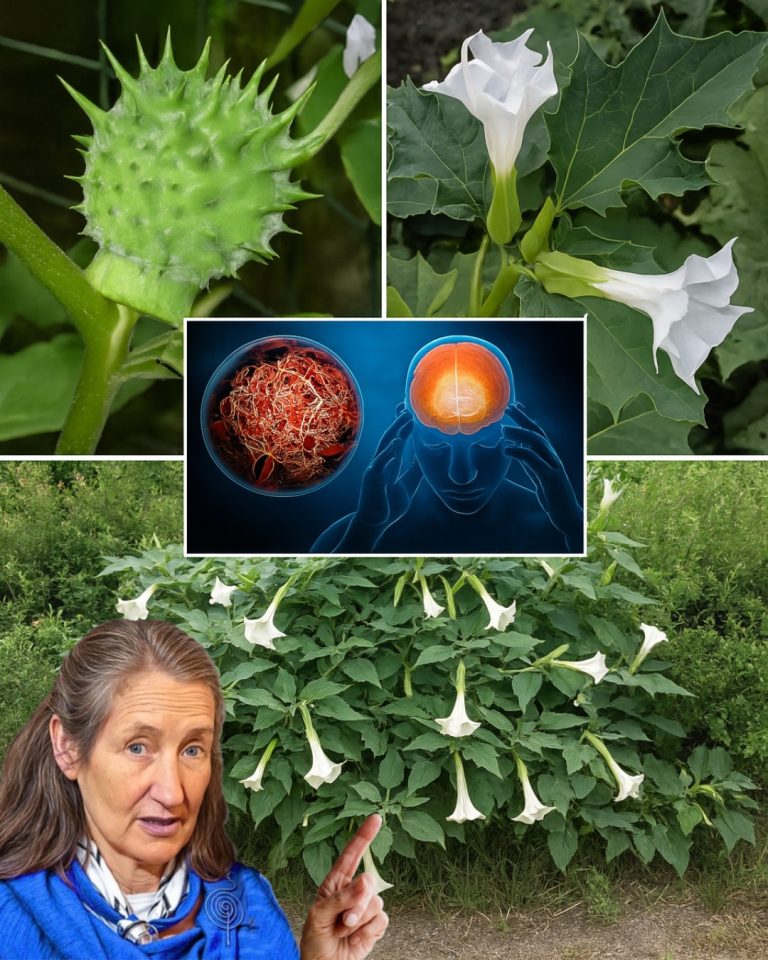Encountering Datura in your yard or community calls for careful action. Here’s a step-by-step guide to handle it responsibly:
- Assess the Risk: If the plant is in a wild area away from people or pets, consider leaving it undisturbed to support pollinators.
- Remove Safely: For plants in high-traffic areas, use protective gear to dig up the entire plant and dispose of it in a sealed bag.
- Educate Others: Share information about Datura’s toxicity with family, friends, or neighbors to prevent accidental exposure.
- Seek Expert Help: If unsure about removal, contact a local extension service or professional landscaper.
- Plant Safer Alternatives: Replace Datura with non-toxic, pollinator-friendly plants like lavender, coneflowers, or black-eyed Susans.
Pro Tip: Take photos of the plant to confirm its identity with a local nursery or extension service before removal. This ensures you’re dealing with Datura and not a similar-looking, harmless plant.
Why Awareness Matters
Datura’s stunning appearance can fool even seasoned gardeners, but its toxic nature demands respect. From causing hallucinations to posing life-threatening risks, this plant is a reminder that nature’s beauty can hide danger. By learning to identify Datura, taking safety precautions, and spreading awareness, you can keep your garden and community safe.
Have you spotted Datura in your area? Or do you have tips for creating a toxin-free garden? Share your thoughts below and pass this guide along to keep others informed. Let’s make our outdoor spaces safe and welcoming for everyone! 🌿
Disclaimer: This article is for informational purposes only and does not replace professional medical advice. Contact your doctor or poison control if you suspect Datura poisoning or before making health-related decisions.
